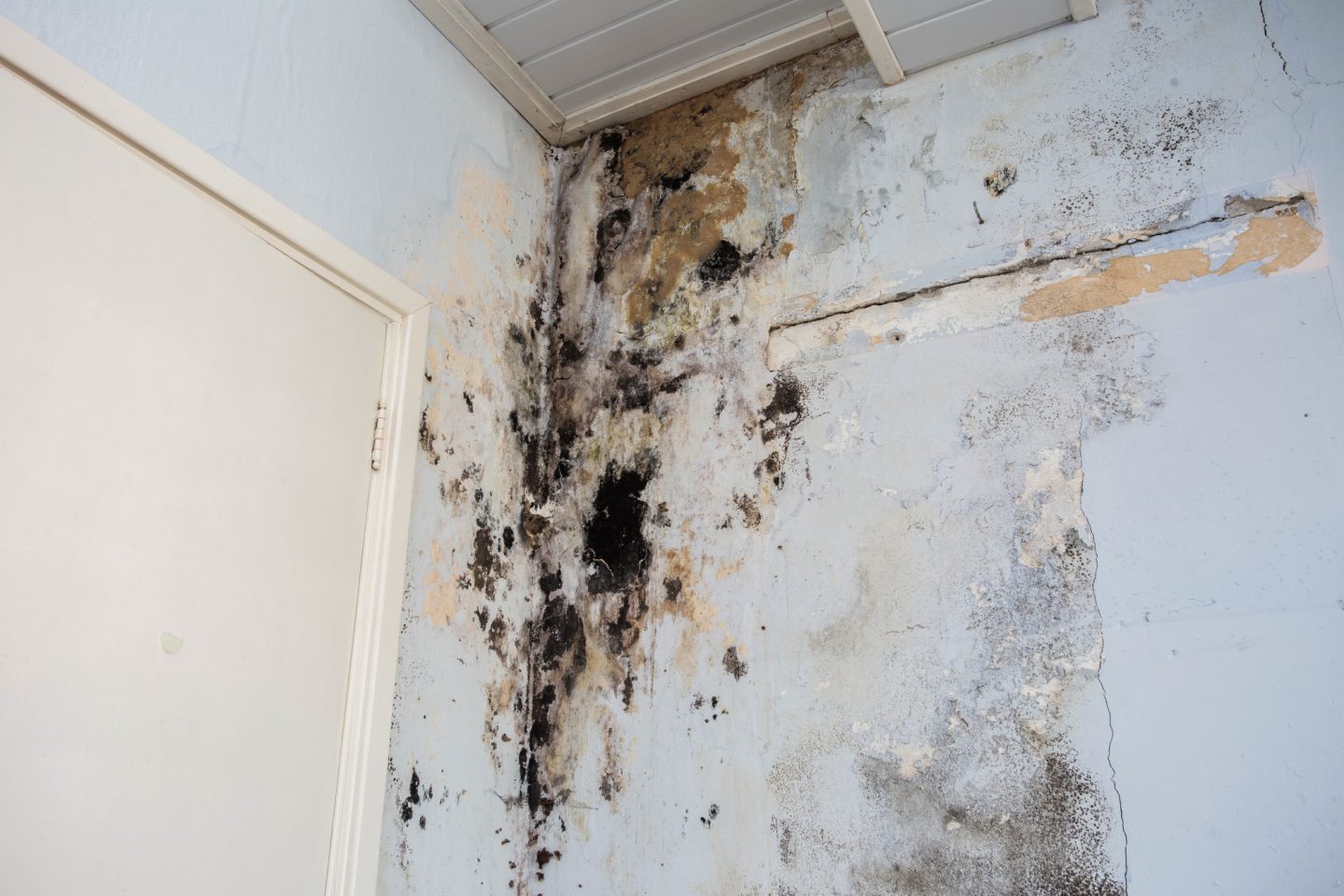
Weather plays a significant role in mold growth, as environmental factors like humidity, temperature, and rainfall create conditions conducive to mold development. For homeowners in San Diego County, understanding how local weather patterns affect mold growth is essential for effective prevention and remediation. Mold can lead to serious health issues, structural damage, and costly repairs if left untreated. By staying informed and taking proactive measures, you can keep your home safe and mold-free. Christian Brothers is here to support you with expert mold remediation services tailored to your specific needs.
1. Humidity and Mold Growth
Humidity is one of the primary factors contributing to mold growth. When moisture levels are high, it creates an ideal environment for mold spores to settle and thrive. In coastal areas or during rainy seasons, relative humidity can rise significantly, increasing the likelihood of mold infestations.
How to Combat High Humidity:
- Use dehumidifiers to maintain indoor humidity levels below 60%.
- Ensure proper ventilation in bathrooms, kitchens, and laundry rooms.
- Repair leaks and drips immediately to prevent water accumulation.
To learn more about controlling indoor humidity, check out this guide on reducing indoor moisture.
2. Seasonal Weather Changes
Seasonal weather variations can significantly impact mold growth. For example, heavy rains during the winter months can lead to water intrusion, flooding, and leaks. This moisture accumulation creates a breeding ground for mold, particularly if areas like basements, attics, or crawl spaces are affected. Conversely, dry, warm weather can help slow down mold growth, but it won’t eliminate existing mold colonies.
Tips for Protecting Your Home During Seasonal Changes:
- Inspect and maintain your roof, gutters, and drainage systems to prevent water buildup.
- Address any signs of water intrusion promptly, such as wet walls or floors.
- Consider using mold-resistant materials during home repairs or renovations.
3. Temperature and Mold Growth
Mold spores thrive in temperatures ranging from 70°F to 90°F, which coincides with the average indoor temperatures found in most homes. San Diego’s temperate climate provides an environment where mold can grow year-round if moisture is present. This makes it crucial to manage indoor moisture levels and maintain proper ventilation.
Temperature-Related Prevention Measures:
- Use air conditioning and fans to maintain airflow and reduce stagnant air.
- Insulate areas prone to condensation, such as pipes and walls.
- Be vigilant about mold growth in warm, humid areas like bathrooms and kitchens.
For more information on how temperature influences indoor mold, explore this resource on mold prevention.
4. Rain and Flooding Events
Heavy rains and flooding can lead to significant mold growth, particularly if water seeps into your home’s foundation, walls, or ceilings. Mold can start growing within 24 to 48 hours of water exposure, so prompt action is crucial. If your home experiences water damage, thoroughly drying the affected areas is critical to preventing mold growth.
Steps to Take After Water Exposure:
- Remove standing water and dry the area using fans and dehumidifiers.
- Dispose of water-damaged materials that cannot be fully dried, such as carpets and drywall.
- Call a professional mold remediation service to assess and treat affected areas.
5. High Moisture Areas in the Home
Certain areas of the home are more prone to mold growth due to moisture buildup. Bathrooms, kitchens, basements, and laundry rooms are common culprits, as they often have higher humidity levels. Regular maintenance and proper ventilation are essential for mold prevention in these areas.
Simple Preventative Measures:
- Install exhaust fans in high-moisture areas and use them regularly.
- Wipe down wet surfaces to prevent water from seeping into porous materials.
- Consider mold-resistant paint and caulking in moisture-prone areas.
Why Professional Mold Remediation is Essential
While DIY efforts can help control minor mold growth, extensive infestations often require professional intervention. Mold spores can spread quickly, affecting air quality and creating hidden colonies that are difficult to detect. Professional mold remediation services utilize specialized equipment, testing, and treatment methods to eliminate mold and prevent its return. Attempting to remove large mold infestations without the right tools or expertise can lead to further contamination and health risks.
Christian Brothers: Your Partner in Mold Prevention and Remediation
At Christian Brothers, we understand the unique challenges homeowners in San Diego County face when it comes to mold growth. Our experienced team provides comprehensive mold remediation services, ensuring your home remains safe, healthy, and mold-free, regardless of the weather conditions.
